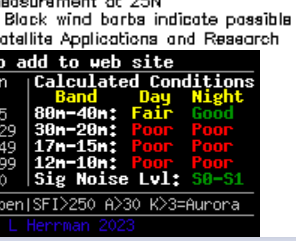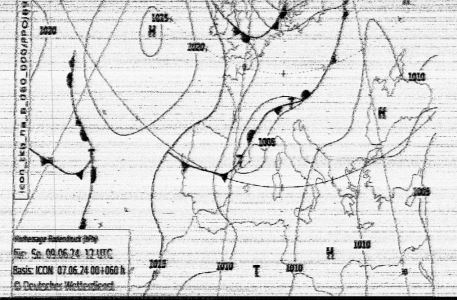madabouttheboat
Well-known member
Im a MoBoer and getting weather is usually pretty simple as I'm normally in port overnight or close to shore so I pretty much always have a phone signal. I got to wondering the other day, when a sailor heads offshore, say across the Atlantic, and is going to be at sea for a few weeks, how do you/they get updates? I guess you set off with a favourable forecast, but beyond say 3 or 4 days what are the options to keep an eye on things? You can't all carry expensive sat phones, do you?


